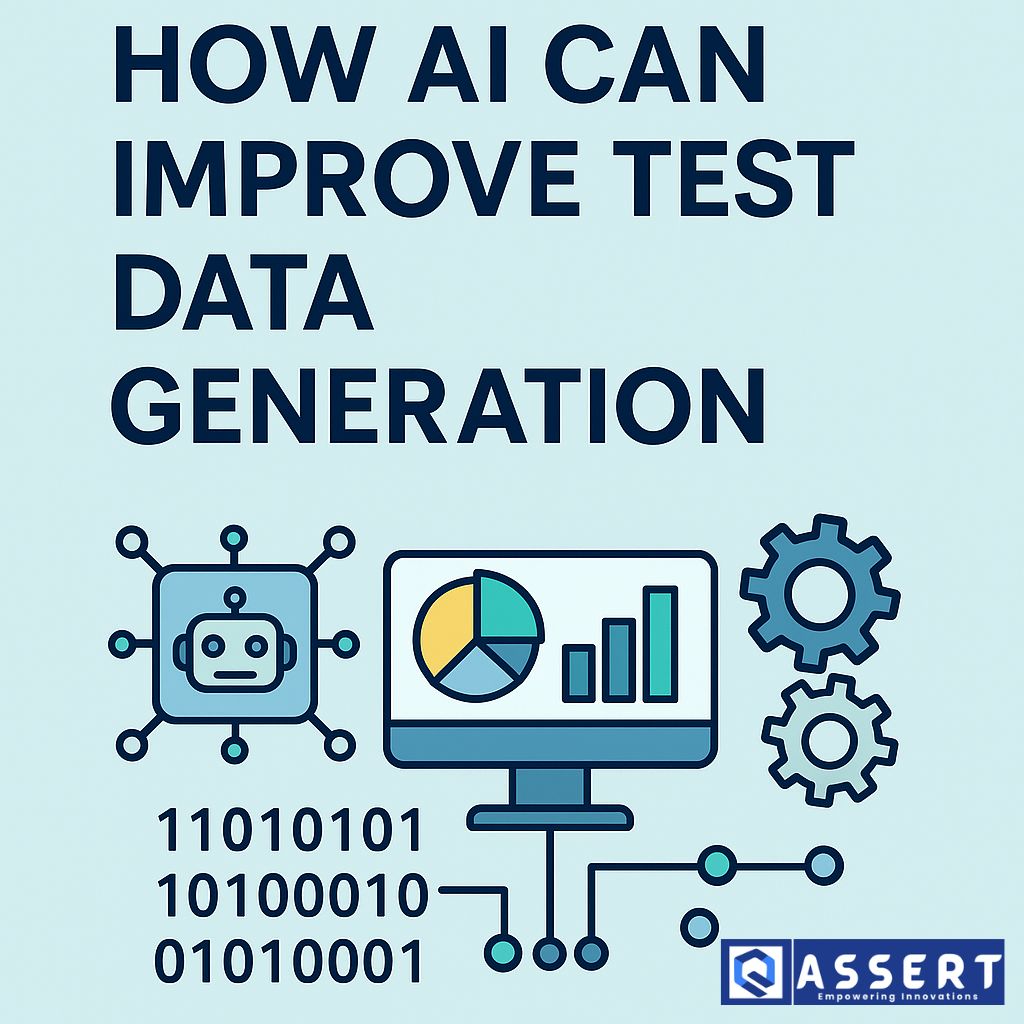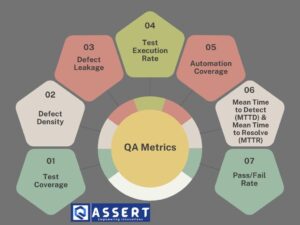Creating test data is one of the most time-consuming tasks in software testing. Testers often need hundreds or even thousands of data sets to check how an application behaves in different situations. Doing this manually takes a lot of time and can cause errors.
That’s where AI test data generation comes in. Artificial Intelligence can automatically create realistic, diverse, and accurate data for testing. This helps testers save time, improve accuracy, and cover more test cases.
What Is Test Data Generation?
Test data generation means creating input data that testers use to check if a software system works correctly.
For example, when testing an e-commerce site, testers may create fake customer names, phone numbers, emails, and order details.
Traditionally, testers used manual data creation or copied real user data from production. But both methods are slow and risky. Manual work takes time, and real user data can create privacy issues.
How AI Helps in Test Data Generation
AI can make test data generation faster, safer, and smarter. Let’s see how:
-
Automatic Data Creation
AI can quickly create thousands of data records that match real-world conditions. For example, AI can generate realistic user names, payment details, or product descriptions automatically. -
Better Test Coverage
AI can produce data for all types of tests — positive, negative, edge, and boundary cases. This helps testers check how the system behaves in rare or extreme situations. -
Improved Data Privacy
Using real customer data can break privacy rules. AI-generated synthetic data looks real but doesn’t belong to actual people, keeping privacy safe. -
Smarter Test Scenarios
AI can analyze past bugs and generate test data that exposes similar issues in future tests. This helps testers find hidden defects early. -
Scalable for Automation
With CI/CD pipelines, AI can automatically create new data sets before every test run — no manual effort needed.
Benefits of AI Test Data Generation
| Benefit | Description |
|---|---|
| Faster Testing | Reduces manual work and speeds up test cycles. |
| Higher Accuracy | AI-generated data matches real-life user patterns. |
| Lower Cost | Saves resources by automating repetitive data tasks. |
| Data Security | Avoids using sensitive production data. |
| Smarter Coverage | Ensures edge and negative cases are included. |
Popular AI Tools for Test Data Generation
Here are some tools that use AI for generating test data:
-
Mostly AI – Creates privacy-safe synthetic data for testing and analytics.
-
Tonic.ai – Offers smart, production-like synthetic data generation.
-
K2View – Generates masked and synthetic data for enterprise systems.
These tools use AI to understand your data models and generate accurate, diverse, and secure data samples.
Challenges and Tips
Even though AI test data generation has many advantages, you may face some challenges:
-
Complex data relationships: AI tools need to understand data dependencies correctly.
-
Setup time: You must train AI models or configure generation rules properly.
-
Validation: Always validate the generated data before running tests.
Tip: Start with one small module, verify the AI-generated data quality, and then expand to full systems.
Conclusion
AI test data generation is changing how testers prepare their data. It creates realistic, diverse, and safe datasets automatically, helping testers focus on real testing rather than data creation.
By using AI tools, teams can save time, improve test coverage, and make their testing smarter and faster — a perfect step toward modern, intelligent QA.




